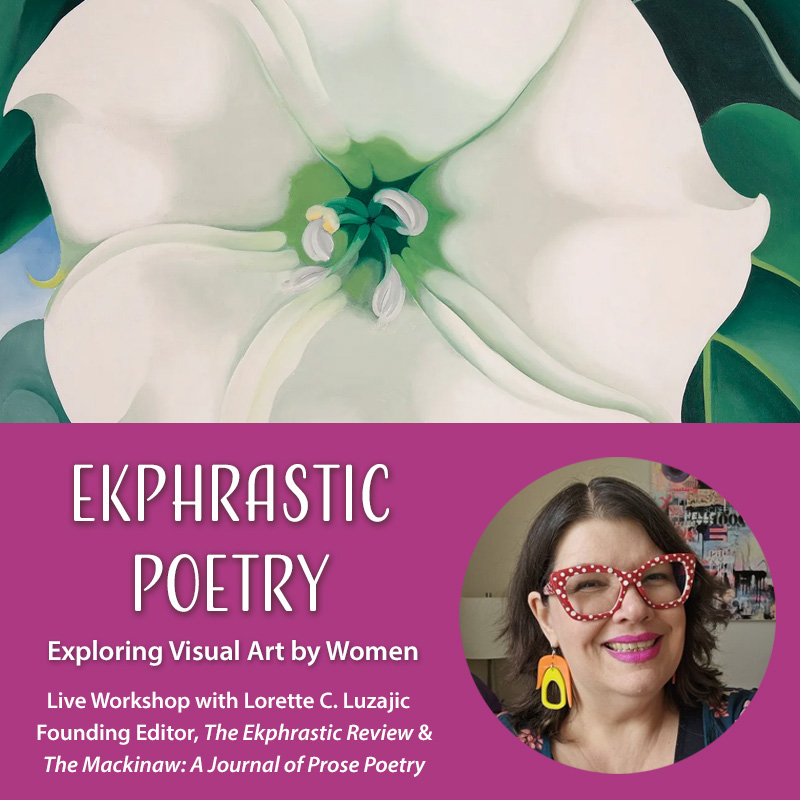I’m more than halfway through the book “A Flicker in the Dark” by Stacy Willingham and I may have a new thriller author to binge. I love the setting of the book, Baton Rouge, Louisiana, and her descriptions of the bayou as a backdrop for a series of murders that took place during her childhood. I personally don’t believe you must have an exotic location to create a spine-tingling thriller—it can be set anywhere from a cabin in the Berkshires (“The House in the Pines” by Ana Reyes) a school for children with unique gifts in a rundown town (“The Institute” by Stephen King) or even a quaint, lakefront community (“Daughter of Mine” by Megan Miranda).
For some reason I have a fascination with summer camps in my own writing, and it’s become a joke in my house. I’m not sure if it’s because I never went to a sleepaway camp as child or teenager, but I wrote a time travel middle-grade novel set at a summer camp in Texas, a short story based on a real-life murder at a Girl Scout camp in Oklahoma, and my current novel features a character who disappears while working as a camp counselor in North Carolina. Here’s an excerpt:
The dream was back. I was in the woods again—the smell of damp earth filled my nostrils. My feet were bare, and I wore only a thin, cotton T-shirt and running shorts. I tried to run faster towards the sound of Addie’s voice, but it didn’t seem to be getting any closer. The darkness clouded my visibility. The trees cast ominous shadows over the ground, and I shivered from the chill in the air. The lack of shoes kept me from making any progress. I flinched when I stepped on a sharp twig, crying out in pain. Bursting out of the woods, my feet hit a cold patch of sand. I could still hear Addie’s voice, calling my name, but all that was in front of me was the darkened water of a lake. Staring out at the lapping waves, I wondered what secrets the water held.
There are tropes that turn up a lot in suspense novels (a protagonist with an alcohol or prescription drug addiction, or both, often leading to an unreliable narrator, a protagonist with insomnia, a charismatic leader of a secretive group, missing people, cold cases, a mysterious stranger, a reporter digging into a story, an isolated locale, etc). Consider a few of these titles and you can tell there will be tropes aplenty:
- The Family Upstairs by Lisa Jewell
- Nine Perfect Strangers by Liane Moriarty
- Listen for the Lie by Amy Tintera
- What Lies in the Woods by Kate Alice Marshall
- Home Before Dark by Riley Sager
In addition to the use of these storytelling devices, I guarantee you all of these books feature plenty of spooky settings and observations. I keep finding passages I want to highlight in “A Flicker in the Dark,” such as this one:
And in that moment, the moment of the crash, it made me realize that monsters don’t hide in the woods; they aren’t shadows in the trees or invisible things lurking in darkened corners. No, the real monsters move in plain sight.
Willingham skillfully weaves in images of fireflies, cemeteries, creeks, dark and winding roads, an isolated and abandoned family home, and more to build suspense. I’m about seventy percent of the way through the book right now, and I can tell the setting is going to become even more important in the final chapters.
What are some settings that you’ve enjoyed in stories you’ve read or written? I’d love to hear about some of your favorites.
Renee Roberson is an award-winning writer and the host/creator of the true crime podcast, Missing in the Carolinas. Learn more about Renee at her website, FinishedPages.com.

















